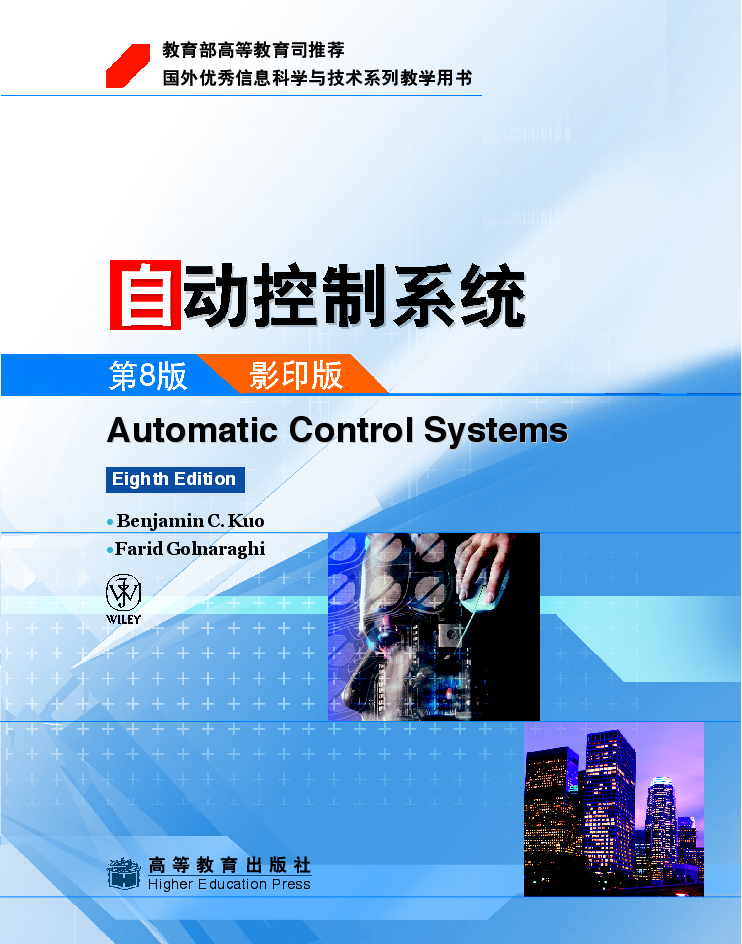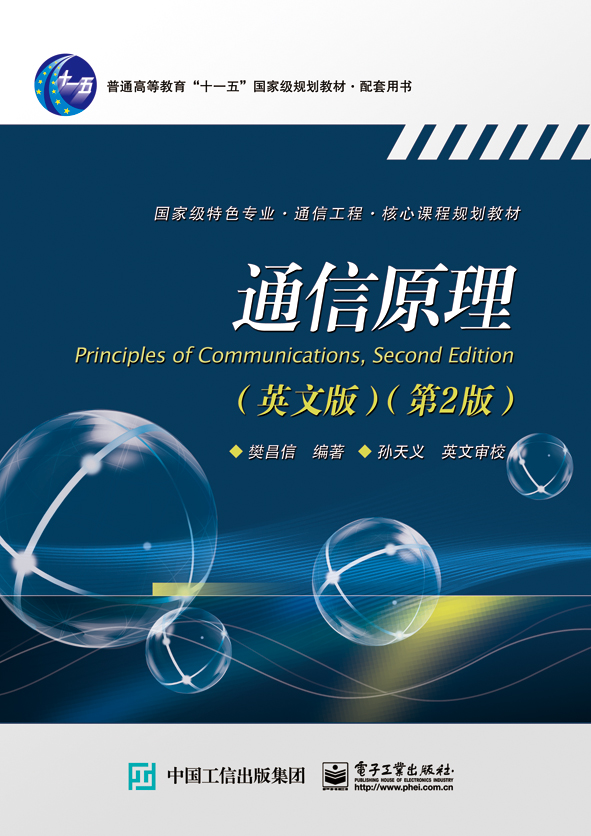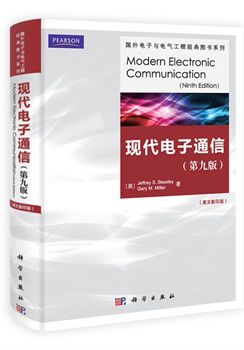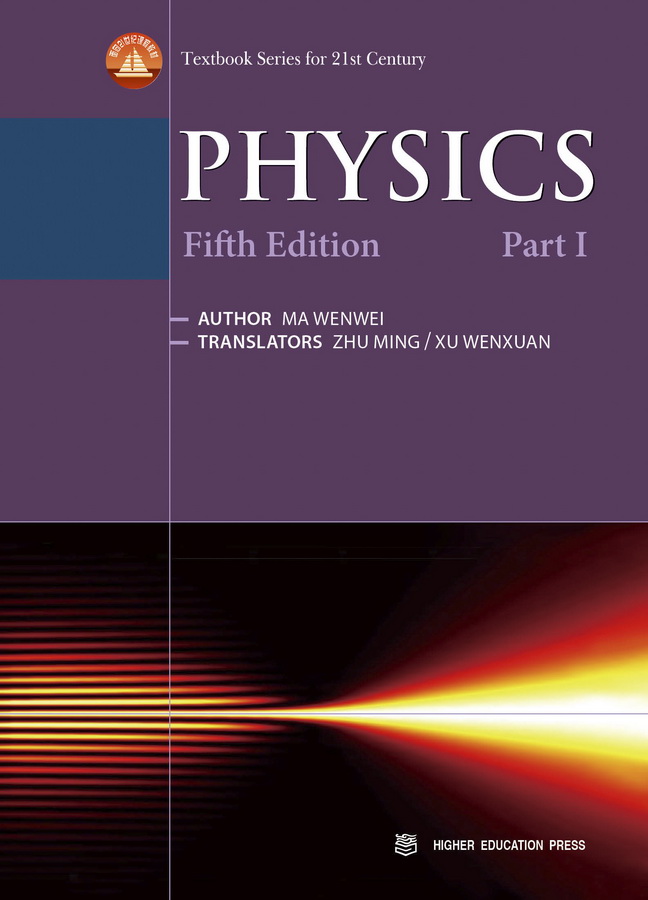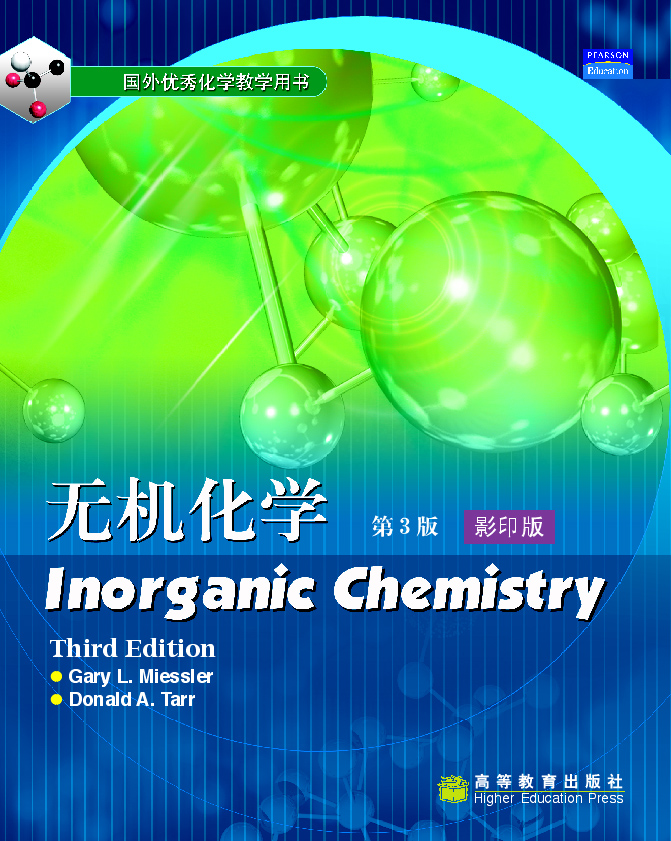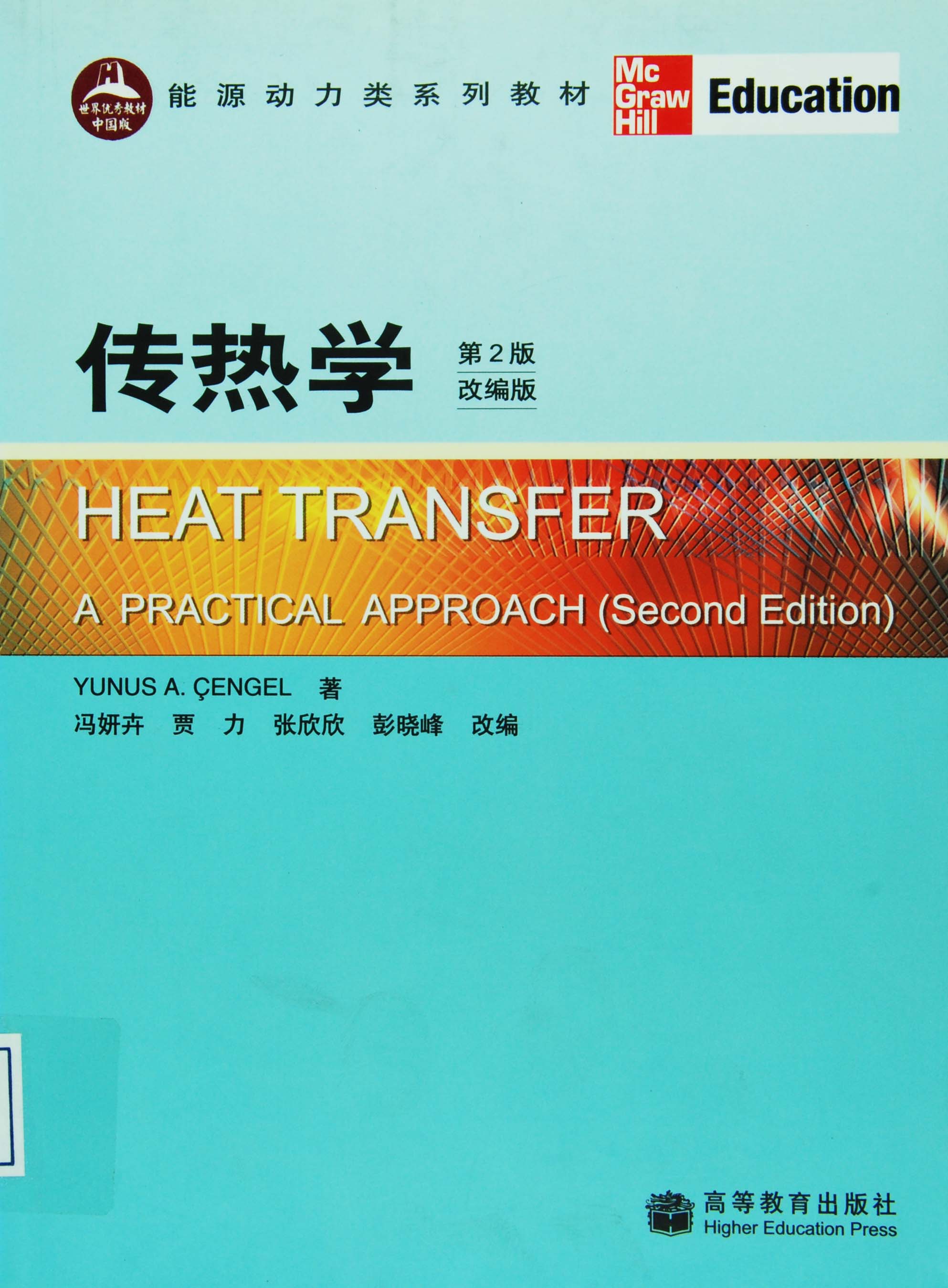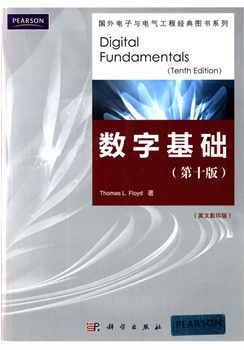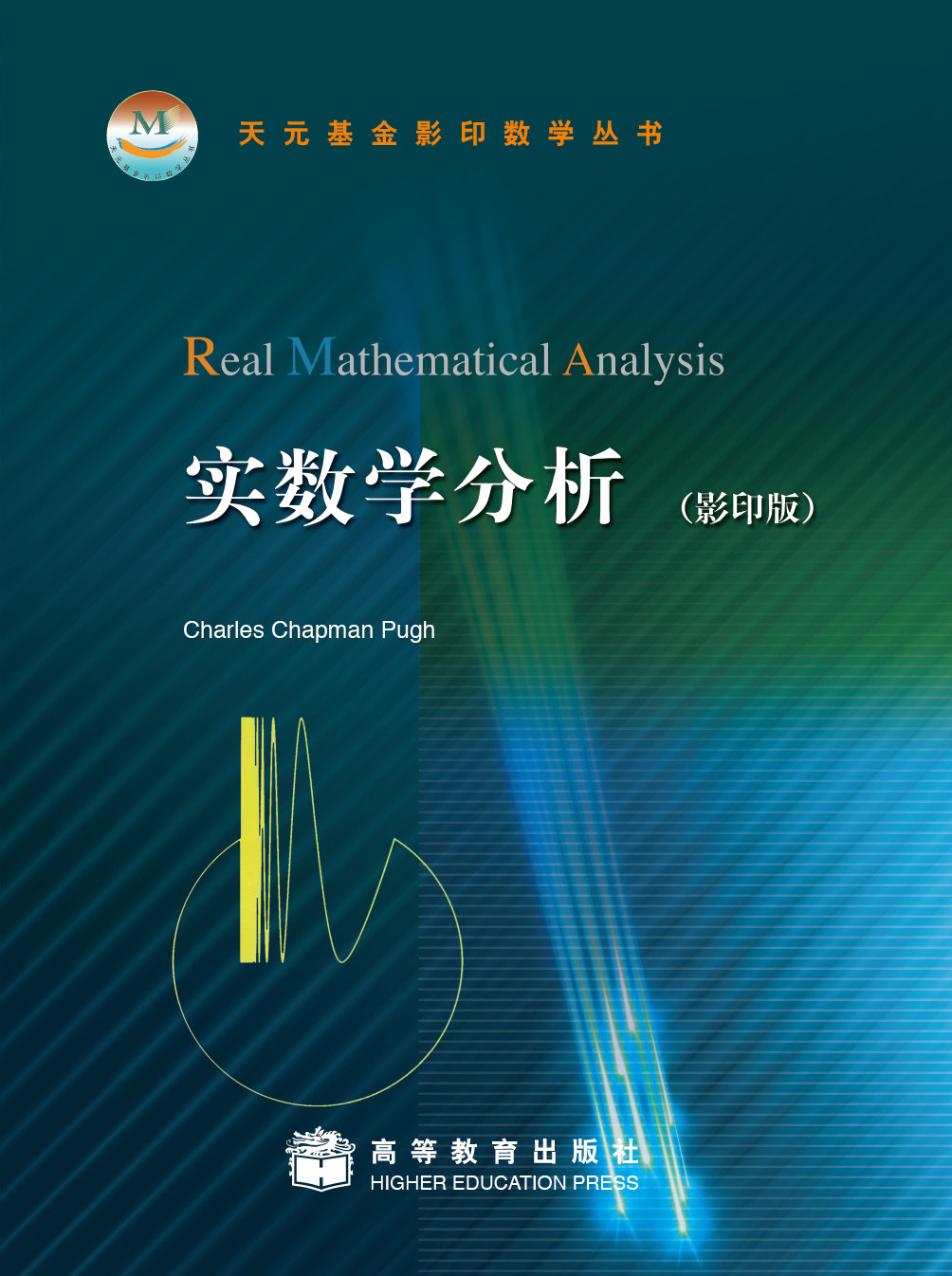自动控制系统(第8版)
作者: Benjamin C.Kuo,Farid Golnaragh
出版时间:2003-12-09
出版社:高等教育出版社
- 高等教育出版社
- 9787040137859
- 1
- 249758
- 平装
- 特殊
- 2003-12-09
- 500
- 609
- 工学
- 控制科学与工程
Table of Contents
Preface v
CHAPTER 1
Introduction
1-1 Introduction
1-1-1 Basic Components of a Control System
1-l-2 Examples of Control-System Applications
1-1-3 Open-Loop Control Systems (Nonfeed-back Systems)
1-1-4 Closed-loop Control Systems (Feedback Control Systems)
1-2 What is Feedback and What are its Effects?
1-2-1 Effect of Feedback on Overall Gain
1-2-2 Effect of Feedback on Stability
1-2-3 Effect of Feedback on External Disturbance or Noise
1-3Types of Feedback Control Systems
1-3-1 Linear versus Nonlinear Control Systems
1-3-2 Time-Invariant versus Time-Varying Systems
1-4 Summary
CHAPTER 2
Mathematical Foundation
2-1 Introduction
2-2 Laplace Transform
2-2-1 Definition of the Laplace Transform
2-2-2 Inverse Laplace Transformation
2-2-3 Important Theorems of the Laplace Transform
2-3 Inverse Laplace Transform by Partial-Fraction Expansion
2-3-1 Partial-Fraction Expansion
2-4 Application of the Laplace Transform to the Solution of Linear Ordinary Differential Equations
2-5 Impulse Response and Transfer Functions of Linear Systems
2-5-1 Impulse Response
2-5-2 Transfer Function (Single-input, Single-Output Systems)
2-5-3 Transfer Function (Multivariable Systems)
2-6 MATLAB Tools and Case Studies
2-6-1 Description and Use of Transfer Function Tool
2-7 Summary
CHAPTER3
Block Diagrams and Signal-Flow Graphs
3-1 Block Diagrams
3-1-1 Block Diagrams of Control Systems
3-1-2 Block Diagrams and Transfer Functions of Multivariable Systems
3-2 Signal-Flow Graphs (SFGs)
3-2-1 Basic Elements of an SFG
3-2-2 Summary of the Basic Properties of SFG
3-2-3 Definitions of SFG Terms
3-2-4 SFG Algebra
3-2-5 SFG of a Feedback Control System
3-2-6 Gain Formula for SFG
3-2-7 Application of the Gain Formula between Output Nodes and Noninput Nodes
3-2-8 Application of the Gain Formula to Block Diagrams
3-3 State Diagram
3-3-1 From Differential Equations to State Diagram
3-3-2 From State Diagram to Transfer Function
3-3-3 From State Diagram to State and Output Equations
3-4 MATLAB Tools and Case Studies
3-5 Summary
CHAPTER 4
Modeling of Physical Systems
4-1 Introduction
4-2 Modeling of Electrical Networks
4-3 Modeling of Mechanical Systems Elements
4-3-1 Translational Motion
4-3-2 Rotational Motion
4-3-3 Conversion Between Translational and Rotational Motions
4-3-4 Gear Trains
4-3-5 Backlash and Dead Zone (Nonlinear Characteristics)
4-4 Equations of Mechanical Systems
4-5 Sensors and Encoders in Control Systems
4-5-1 Potentiometer
4-5-2 Tachometers
4-5-3 Incremental Encoder
4-6 DC Motors in Control Systems
4-6-1 Basic Operational Principles of DC Motnrc
4-6-2 Basic Classifications of PM DC Motors
4-6-3 Mathematical Modeling of PM DC Motors
4-7 Linearization of Nonlinear Systems
4-8 Systems with Transportation Lags (Time Delays)
4-8-1 Approximation of the Time-Delay Function by Rational Functions
4-9 A Sun-Seeker System
4-9-1 Coordinate System
4-9-2 Error Discriminator
4-9-3 Op-Amp
4-9-4 Servoamplifier
4-9-5 Tachometer
4-9-6 DC Motor
4-10 MATLAB Tools and Case Studies
4-11 Summary
CHAPTER 5
State Variable Analysis
5-1 Introduction
5-2 Vector-Matnx Representation of State Equations
5-3 State-Transition Matrix
5-3-1 Significance of the State-Transition Matrix
5-3-2 Properties of the State-Transition Matrix
5-4 State-Transition Equation
5-4-1 State-Transition Equation Determined from the State Diagram
5-5 Relationship between State Equations and High-Order Differential Equations
5-6 Relationship between State Equations and Transfer Functions
5-7 Characteristic Equations, Eigenvalues, and Eigenvectors
5-7-1 Eigenvalues
5-7-2 Eigenvectors
5-8 Similarity Transformation
5-8-1 Invariance Properties of the Similarity Transformations
5-8-2 Controllability Canonical Form (CCF)
5-8-3 Observability Canonical Form (OCF)
5-8-4 Diagonal Canonical Form(DCF)
5-8-5 Jordan Canonical Form (JCF)
5-9 Decompositions of Transfer Functions
5-9-1 Direct Decomposition
5-9-2 Cascade Decomposition
5-9-3 Parallel Decomposition
5-10 Controllability of Control Systems
5-10-1 General Concept of Controllabilitv
5-10-2 Definition of State Controllability
5-10-3 Alternate tests on Controllability
5-11 Observability of Linear Systems
5-11-1 Definition of Observability
5-11-2 Alternate Tests on Observability
5-12 Relationship Among Controllability, Observability,and Transfer Functions
5-13 Invariant Theorems on Controllability and Observability
5-14 A Final Illustrative Example: Magnetic-Ball Suspension System
5-15 MATLAB Tools and Case Studies
5-15-1 Description and Use of the State-Space Analysis Tool
5-15-2 Description and Use of tfsym for State-Space Applications
5-15-3 Another Example
5-16 Summary
CHAPTER 6
Stability of Linear Control Systems
6-1 Introduction
6-2 Bounded-Input, Bounded-Output (BIBO) Stability-Continuous-Data Systems
6-2-1 Relationship between Characteristic Equation Roots and Stability
6-3 Zero-Input and Asymptotic Stability of Continuous-Data Systems
6-4 Methods of Determining Stability
6-5 Routh-Hurwitz Criterion
6-5-1 Routh’s Tabulation (1)
6-5-2 Special Cases When Routh’s Tabulation Terminates Prematurely
6-6 MATLAB Tools and Case Studies
6-7 Summary
CHAPTER 7
Time-Domain Analysis of Control Systems
7-1 Time Response of Continuous-Data Systems:Introduction
7-2 Typical Test Signals for the Time Response of Control Systems
7-3 The Unit-Step Response and Time-Domain Specifications
7-4 Steady-State Error
7-4-1 Steady-State Error of Linear Continuous-Data Control Systems
7-4-2 Steady-State Error Caused by Nonlinear System Elements
7-5 Time Response of a First-Order System
7-5-1 Speed Control of a DC Motor
7-6 Transient Response of
7-6 Transient Response of a Prototype Second-Order System
7-6-1 Damping Ratio and Damping Factor
7-6-2 Natural Undamped Frequency
7-6-3 Maximum Overshoot
7-6-4 Delay Time and Rise Time
7-6-5 Settling Time
7-7 Time-Domain Analysis of a Position-Control System
7-7-1 Unit-Step Transient Response
7-7-2 The Steady-State Response
7-7-3 Time Response to a Unit-Ramp Input
7-7-4 Time Response of a Third-Order System
7-8 Effects of Adding Poles and Zeros to Transfer Functions
7-8-1 Addition of a Pole to the Forward-Path Transfer Function: Unity-Feedback Systems
7-8-2 Addition of a Pole to the Closed-Loop Transfer Function
7-8-3 Addition of a Zero to the Closed-Loop Transfer Function
7-8-4 Addition of a Zero to the Forward-Path Transfer Function: Unity-Feedback Systems
7-9 Dominant Poles of Transfer Functions
7-9-1 The Relative Damping Ratio
7-9-2 The Proper Way of Neglecting the Insignificant Poles with Consideration of the Steady-State Response
7-10 The Approximation of High-Order Systems by Low-Order System the Formal Approach
7-10-1 Approximation Criterion
7-11 MATLAB Tools and Case Studies
7-12 Summary
CHAPTER 8
Root-Locus Technique
8-1 Introduction
8-2 Basic Properties of the Root Loci (RL)
8-3 Properties of the Root Loci
8-3-1 K=0 and K=±∞Points
8-3-2 Number of Branches on the Root Loci
8-3-3 Symmetry of the RL
8-3-4 Angles of Asymptotes of the RL: Behavior of the RL at|sl=∞
8-3-5 Intersect of the Asymptotes (Centroid)
8-3-6 Root Loci on the Real Axis
8-3-7 Angles of Departure and Angles of Arrival of the RL
8-3-8 Intersection of the RL with the Imaginary Axis
8-3-9 Breakaway Points (Saddle Points) on the RL
8-3-10 The Root Sensitivity [17、18、19]
8-4 Design Aspects of the Root Loci
8-4-1 Effects of Adding Poles and Zeros to G(s)H(s)
8-5 Root Contours (RC): Multiple-Parameter Variation
8-6 Root Locus with the MATLAB Toolbox
8-7 Summary
CHAPTER 9
Frequency-Domain Analysis
9-1 Introduction
9-1-1 Frequency Response of Closed-Loop Systems
9-1-2 Frequency-Domain Specifications
9-2 Mn Wn and Bandwidth of the Prototype Seco-Order System
9-2-1 Resonant Peak and Resonant Frequency
9-2-2 Bandwidth
9-3 Effects of Adding a Zero to the Forward-Path Transfer Function
9-4 Effects of Adding a Pole to the Forward-Path Transfer Function
9-5 Nyquist Stability Criterion: Fundamentals
9-5-1 Stability Problem
9-5-2 Definition of Encircled and Enclosed
9-5-3 Number of Encirclements and Enclosures
9-5-4 Principle of the Argument
9-5-5 Nyquist Path
9-5-6 Nyquist Criterion and the L(s) or the G(s)H(s) plot
9-6 Nyquist Criterion for Systems with Minimum-Phase Transfer Functions
9-6-1 Application of the Nyquist Criterion to Minimum-Phase Transfer Functions that Are Not Strictly Proper
9-7 Relation Between the Root Loci and the Nyquist Plot
9-8 Illustrative Examples: Nyquist Criterion for Minimum-Phase Transfer Functions
9-9 Effects of Addition of Poles and Zeros to L(s) on the Shape of the Nyquist Plot
9-10 Relative Stability: Gain Margin and Phase Margin
9-10-1 Gain Margin (GM)
9-10-2 Phase Margin (PM)
9-11 Stability Analysis with the Bode Plot
9-11-1 Bode Plots of Systems with Pure Time Delays
9-12 Relative Stability Related to the Slope of the Magnitude Curve of the Bode Plot
9-12-1 Conditionally Stable System
xii Table of Contents
9-13 Stability Analysis with the Magnitude-Phase Plot
9-14 Constant-M Loci in the Magnitude-Phase Plane: The Nichols Chart
9-15 Nichols Chart Applied to Nonunity-Feedback Systems
9-16 Sensitivity Studies in the Frequency Domain
9-17 MATLAB Tools and Case Studies
9-18 Summary
CHAPTER 10
Design of Control Systems
10-1 Introduction
10-1-l Design Specifications
10-1-2 Controller Configurations
10-1-3 Fundamental Principles of Design
10-2 Design with the PD Controller
10-2-1 Time-Domain Interpretation of PD Control
10-2-2 Frequency-Domain Interpretation of PD Control
10-2-3 Summary of Effects of PD Control
10-3 Design with the PI Controller
10-3-1 Time-Domain Interpretation and Design of PI Control
10-3-2 Frequency-Domain Interpretation and Design of PI Control
10-4 Design with the PID Controller
10-5 Design with Phase-Lead Controller
10-5-1 Time-Domain Interpretation and Design of Phase-Lead Control
10-5-2 Frequency-Domain Interpretation and Design of Phase-Lead Control
10-5-3 Effects of Phase-Lead Compensation
10-5-4 Limitations of Single-Stage Phase-Lead Control
10-5-5 Multistage Phase-Lead Controller
10-5-6 Sensitivity Considerations
10-6 Design with Phase-Lag Controller
10-6-1 Time-Domain Interpretation and Design of Phase-Lag Control
10-6-2 Frequency-Domain Interpretation and Design of Phase-Lag Control
10-6-3 Effects and Limitations of Phase-Lag Control
10-7 Design with Lead-Lag Controller
10-8 Pole-Zero Cancellation Design: Notch Filter
10-8-1 Second-Ordcr Active Filter
10-8-2 Frequency-Domain Interpretation and Design
10-9 Forward and Feedforward Controllers
10-10 Design of Robust Control Systems
10-11 Minor-Loop Feedback Control
10-11-1 Rate-Feedback or Tachometer-Feedback Control
10-11-2 Minor-Loop Feedback Control with Active Filter
10-12 State-Feedback Control
10-13 Pole-Placement Design through State Feedback
10-14 State Feedback with Integral Control
10-15 MATLAB Tools and Case Studies
10-16 Summary
CHAPTER11
The Virtual Lab
11-l Introduction
11-2 Important Aspects in the Response of a DC Motor
11-2-1 Speed Response and the Effects of Inductance and Disturbance-Open Loop Response
11-2-2 Speed Control of DC Motors: Closed-Loop Response
11-2-3 Position Control
11-3 Description of the Virtual Expenmental System
11-3-1 Motor
11-3-2 Position Sensor or Speed Sensor
11-3-3 Power Amplifier
11-3-4 Interface
11-4 Description of SIMLab and Virtual Lab Software
11-5 Simulation and Virtual Experiments
11-5-1 Open-Loop Speed
11-5-2 Open-Loop Sine Input
11-5-3 Speed Control
11-5-4 Position Control
11-6 Design Project
11-7 Summary
INDEX
APPENDIX A
Complex Variable Theory CD-ROM
APPENDIX B
Differential and Difference Equations CD-ROM APPENDIX C
Elementary Matrix Theory and Algebra CD-ROM APPENDIX D
Laplace Transform Table CD-ROM APPENDIXE
Operational Amplifiers CD-ROM
APPENDIX F
Properties and Construction of the Root Loci CD-ROM
APPENDIX G
Frequency-Domain Plots CD-ROM
APPENDIX H
General Nyquist Criterion CD-ROM
APPENDIXI
Discrete-Data Control Systems CD-ROM
APPENDIX J
z-Transform Table CD-ROM
APPENDIX K
ACSYS 2002: Description of the Software CD-ROM
ANSWERS TO SELECTED PROBLEMS CD-ROM

